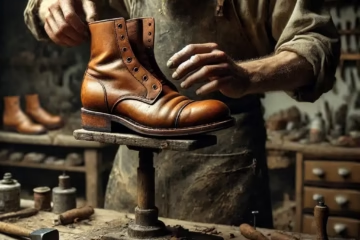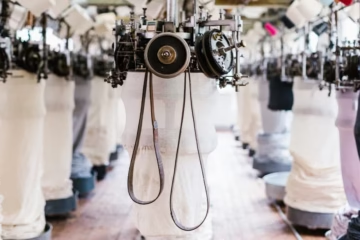The perfect fit: A comprehensive Guide on how your boots should fit.
Published by Tom on
I know for a lot of people, it’s so hard to buy boots that are right fit. Often, ill-fitting boots can lead to discomfort, blisters and foot pain. We are going to find out more about how to get your boots fit properly and the consequences of wearing wrong size boots.
1. The rule of thumb for right fitting boots
Before anything, I need to explain that individual preference will vary, this is a general guide and for anyone who is curious of my boots, have a look at my Master Size Chart for reference.
How should length of your boots fit?:
Your toes should have enough rooms to wiggle comfortably, but too much space that makes your foot or toes slide is unsuitable. This can overtime cause blisters for your feet. Every brands have different last that they use. Generally, leave a finger worth of length between the longest point of your feet and the end of the boots.
How should width of your boots fit?:
The ball of your foot should align with the widest part of the boots. You need to avoid if width is too tight or or too loose. The upper leather may stretch, depending on the leather. So this is something to kind about before purchasing the boots.
How should the arch and the instep of your boots fit?:
The arch and instep of your foot should be supported by the boots. Arch support is essential if you are planning to wear the boots for a long time. Make sure it’s not too tight.
How should the heel of your boots fit?
If the heel is too wide, it can cause serious blisters. For tight heels, it’ll be instantly uncomfortable to wear them.
2. What happens if the boots are too big?
People think tight and small shoes are problem. In reality, bigger boots can cause a lot of problems too.
Blisters: Excess room in your boots can help for heat to develop inside of your boots and also your feet will be rubbing against the foots, causing blisters.
Lack of support: The boots may fail to give proper support or sometimes protection if they are too big.
Instability: Since the boots have lack of support, they will naturally be unstable to wear.
3. What happens when the boots are too small?
Toe Compression: Your toes will be pressed which will cause discomfort and in serious cases, numbness to your feet. If this continues long term, it can cause bunions or hammertoes.
Blisters and calluses: Similar to the reason above, if your boots are too tight, it can also rub to your foot and cause blisters.
4. Tips and Tricks
- Boots can be tight at first, but eventually the upper leather, outsole will break-in making your boots much more comfortable to wear. However, one thing you need to care for is the type of the leather. Some types of leather, for example, Horse leather are stiffer compared to suede and won’t easily break-in
- Get help from the store clerks or professionals. If you have a chance, please please try them on beforehand.
- Use brannock sizing as reference. I know it’s hard to often measure your brannock, but it’s important that you know this measurement.


